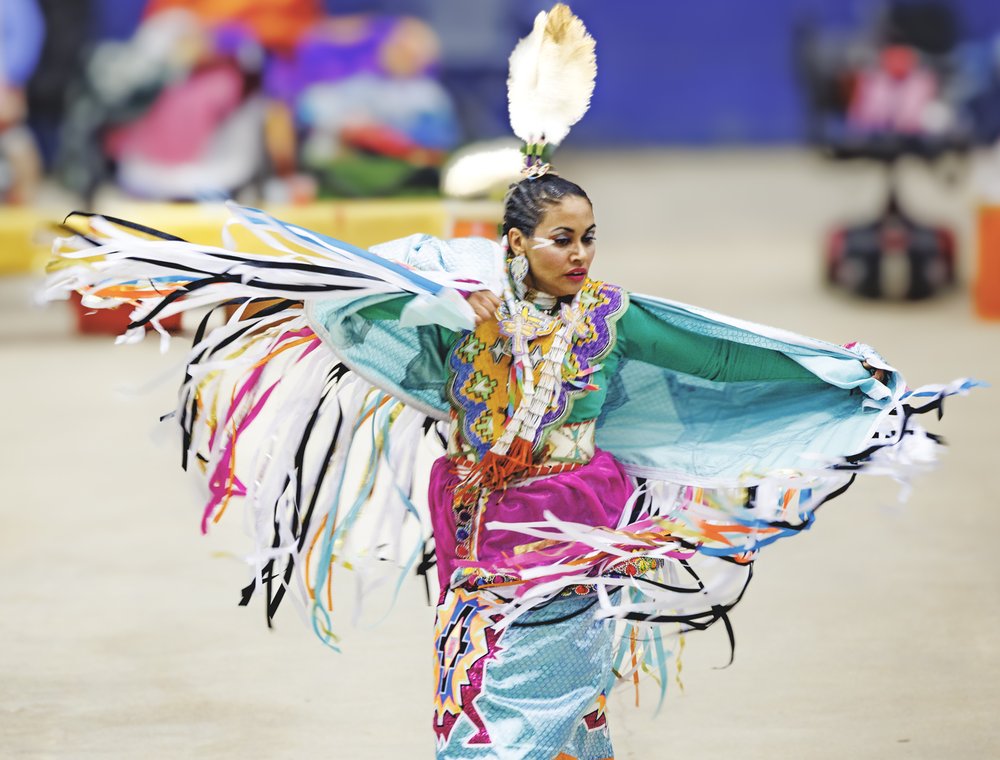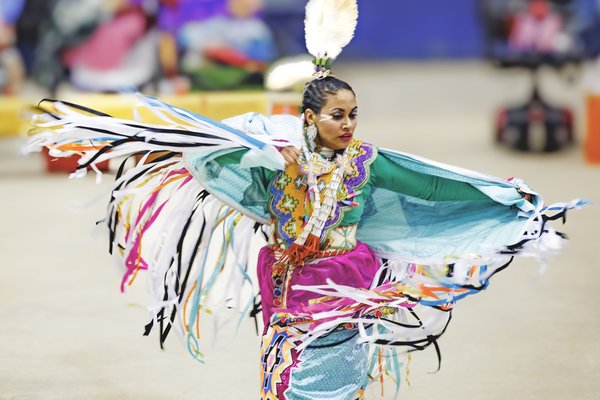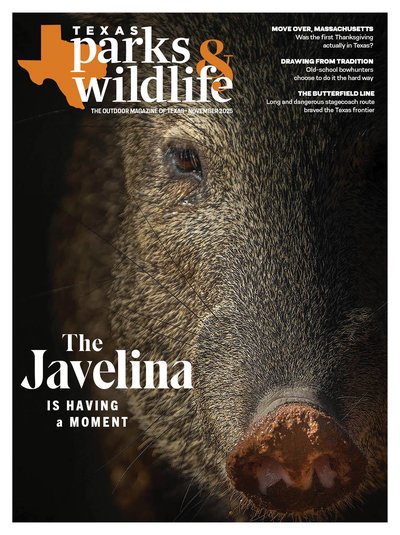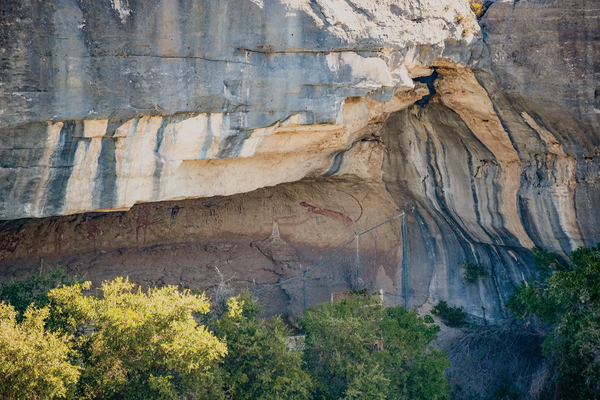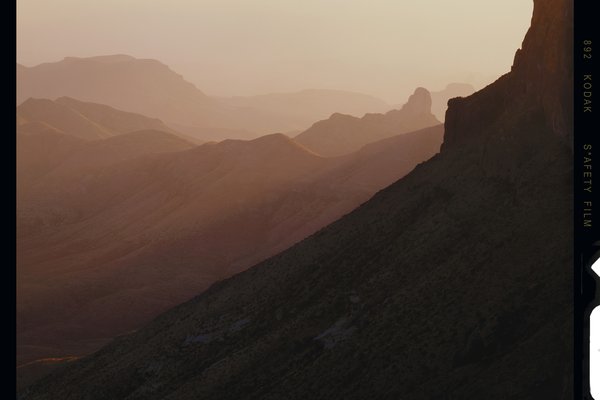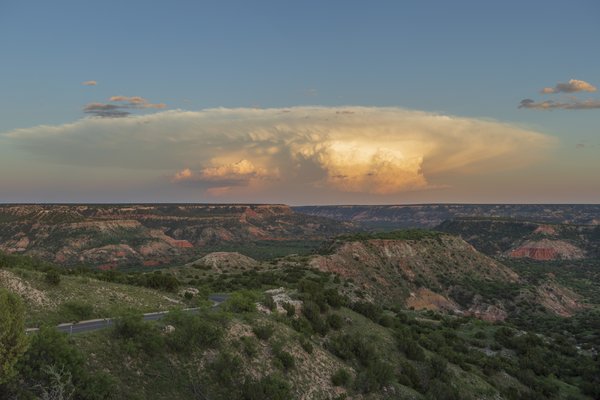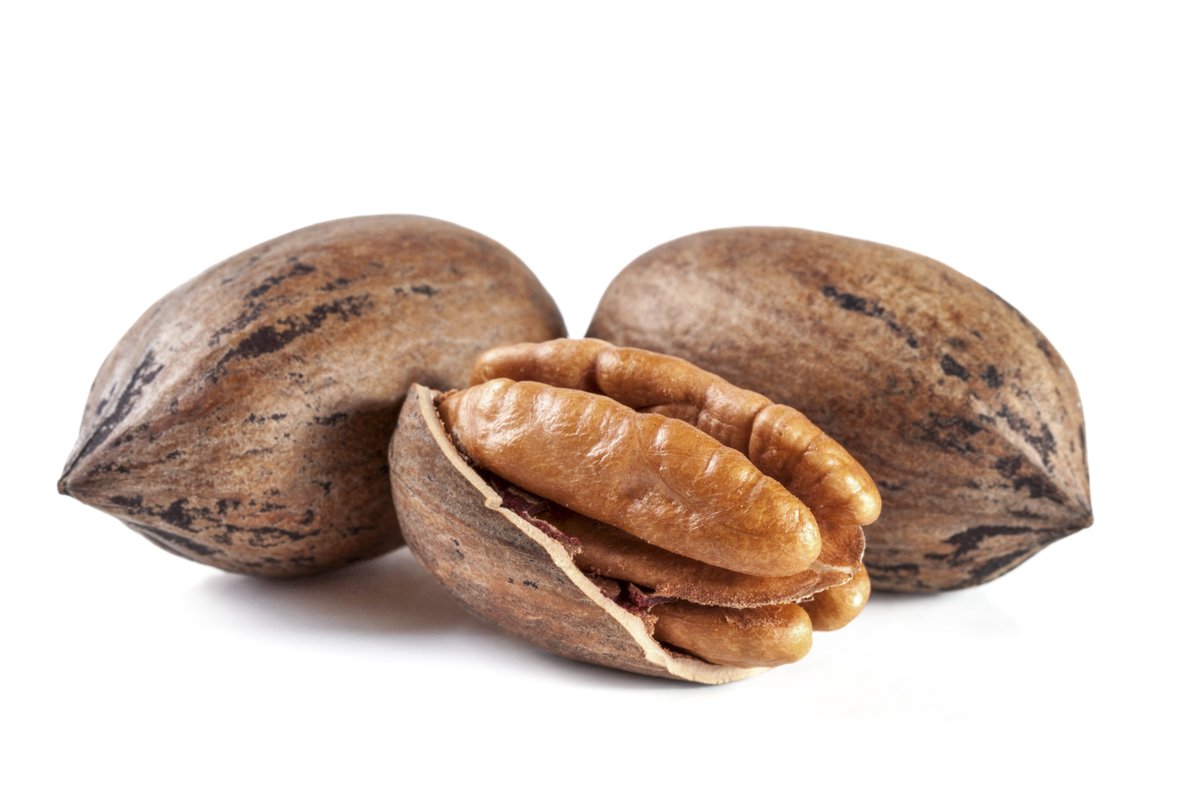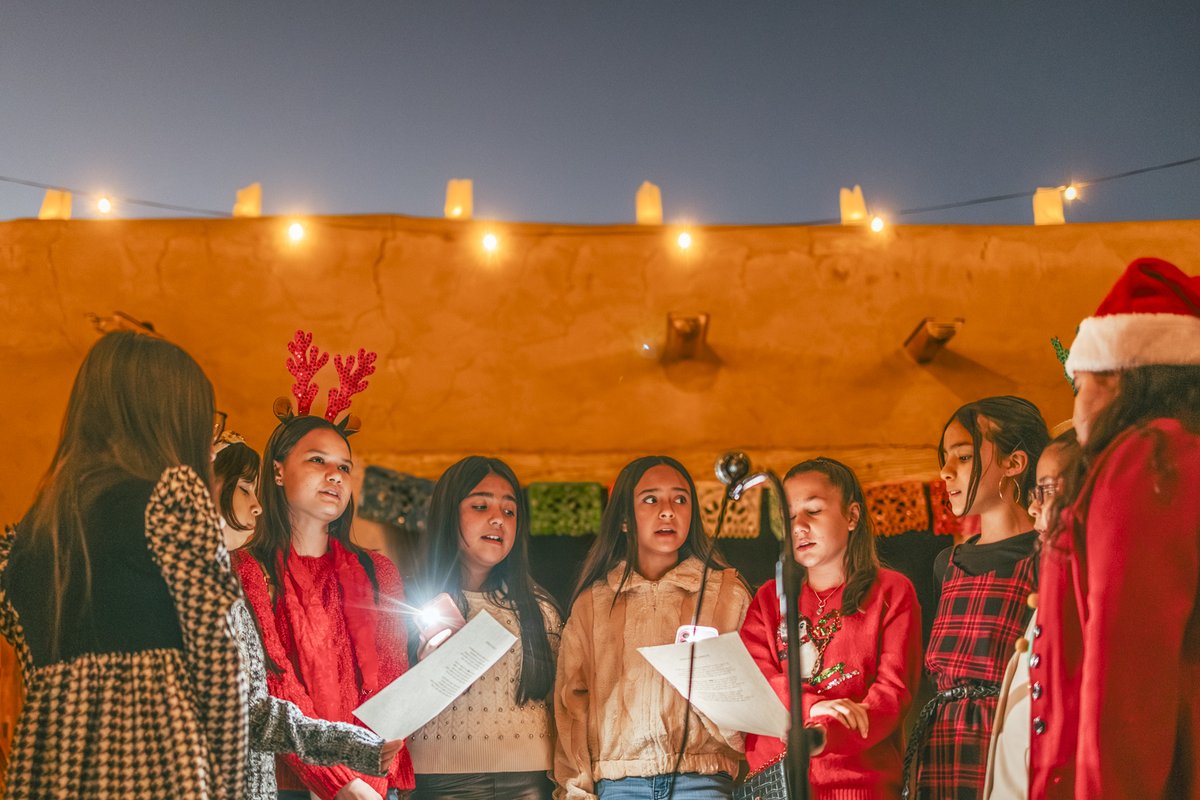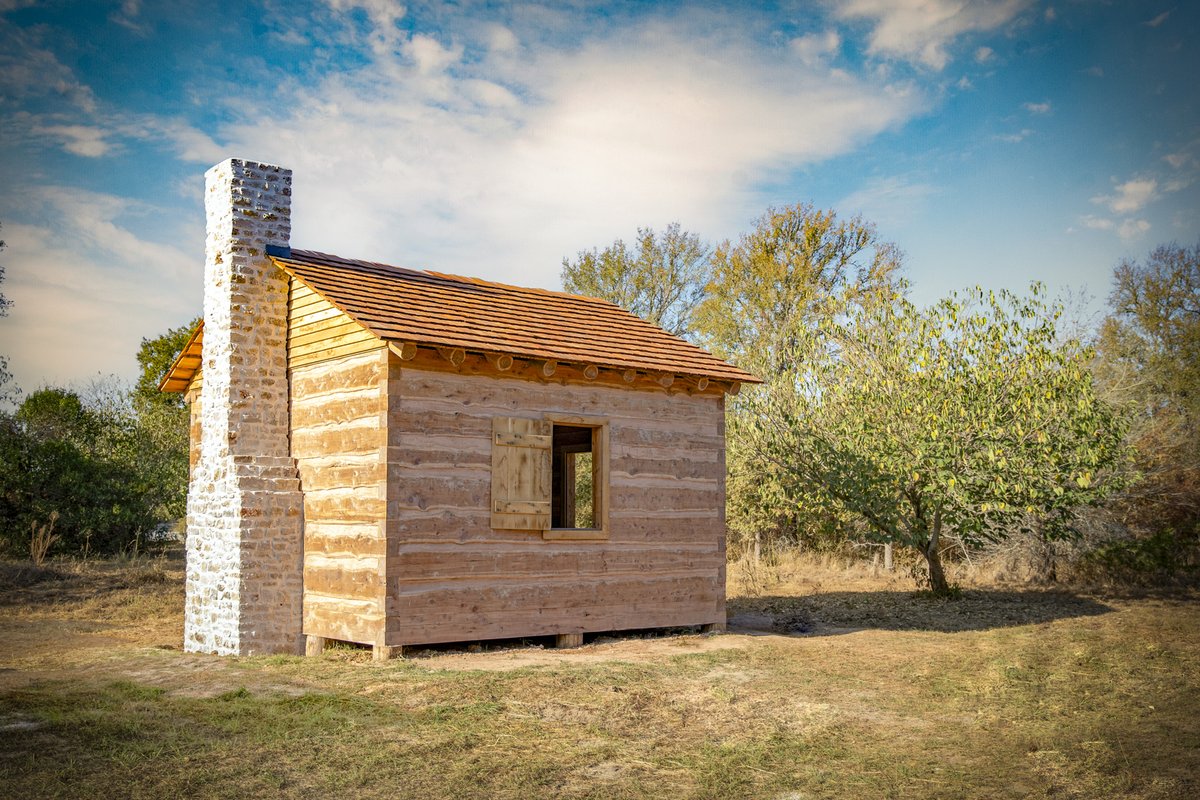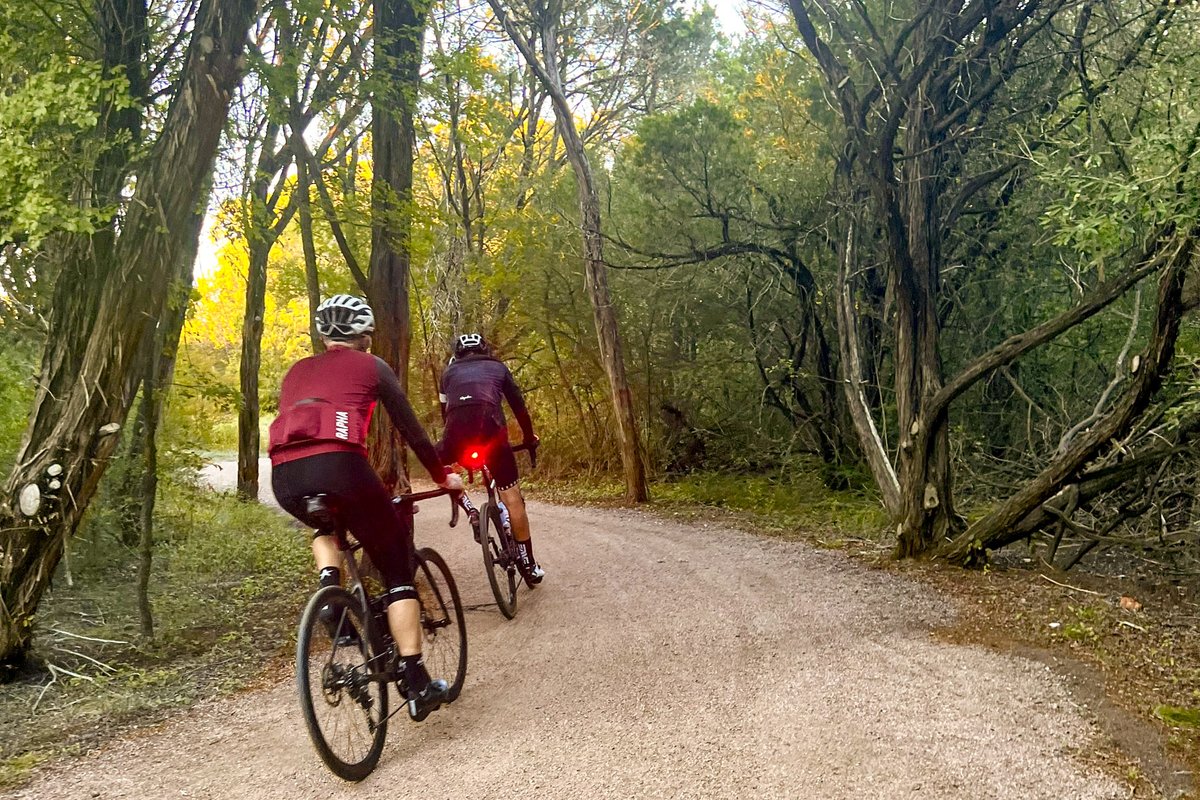As I weave my way through the parking lot of the Travis County Expo Center, the first thing I feel is the drum — deep, resonant and pulsing through the crisp November air like a heartbeat. A chorus of sounds and sensations draws me closer: singers call out in harmony, voices and laughter drift through the breeze. Color catches my eye as dancers adorned in feathers, shells and beads jingle and chime their way to the arena. This is more than a gathering; it’s the Austin Powwow, one of Texas’ largest single-day celebrations of Indigenous dance, song, craft and community.
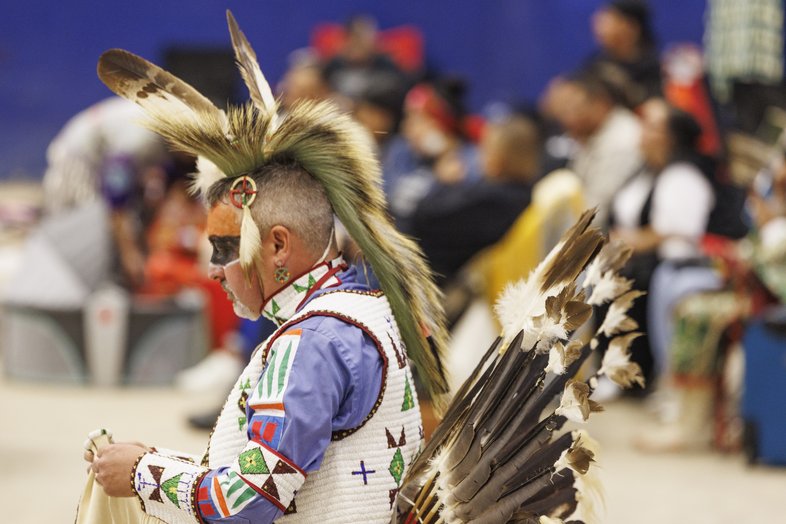
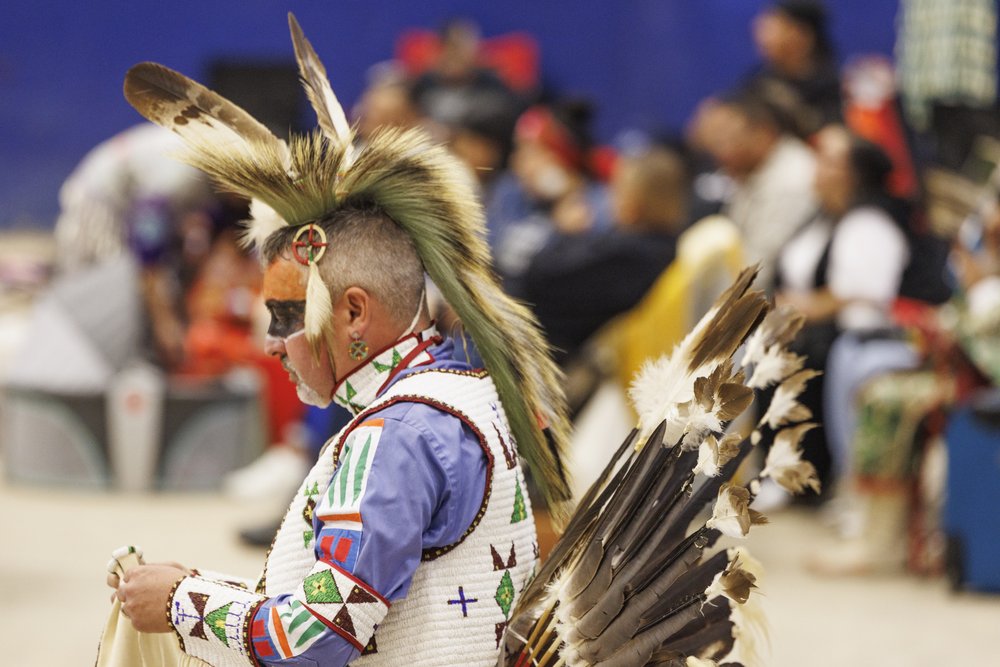
Dancers wear intricate traditional outfits.
Dancers wear intricate traditional outfits.
Hosted by the Native American Cultural Center (formerly Great Promise for American Indians, founded in 1991), the Powwow brings together hundreds of dancers, singers and vendors alongside more than 15,000 attendees each November to celebrate Indigenous life in Texas. Now entering its 32nd year, the event is open to everyone, welcoming people of all ages, cultures and backgrounds to share in the celebration.
Powwows trace their roots to spiritual ceremonies practiced throughout the Great Plains; they later evolved during the reservation era into intertribal gatherings — part survival, part celebration. Today, they continue as living traditions, connecting tribes, generations and communities.
The Austin Powwow is one such space. Intertribal, inclusive and deeply meaningful, the Powwow is a place you’ll find Choctaw next to Diné and Purépecha next to Ojibwe. As a Cherokee Nation citizen living in Central Texas, I know how powerful it is to have a space where Indigenous identity is not just acknowledged but celebrated. For those of us living outside our tribal homelands, events like the Austin Powwow offer a rare sense of grounding and belonging.
“The Native American Cultural Center is a great space for community and connection for Indigenous folks here in Texas and beyond,” says Skye Howell, executive director of the center. “We have dancers and artisans traveling from as far as Canada and Central America, and I love seeing the event bring so many people of different histories and cultures together.”
The event is spread across three areas: an outdoor artisan market shaded by the show barn’s metal awning, where vendors sell Native art, crafts and regalia; a food court filled with the scent of fry bread, roasted corn and smoked meat; and the main arena, where dancing and drumming take center stage. Whether you come for the dance competitions, the beadwork or simply the experience, the Austin Powwow offers a full day of celebration, reflection and connection.
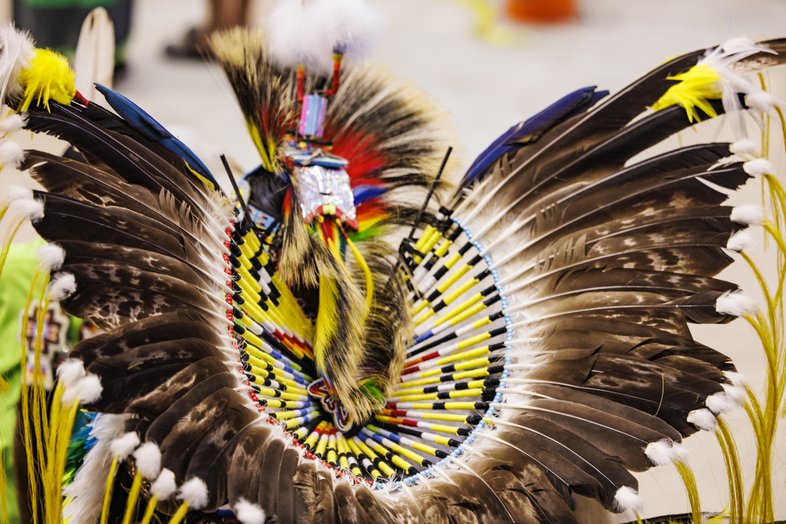
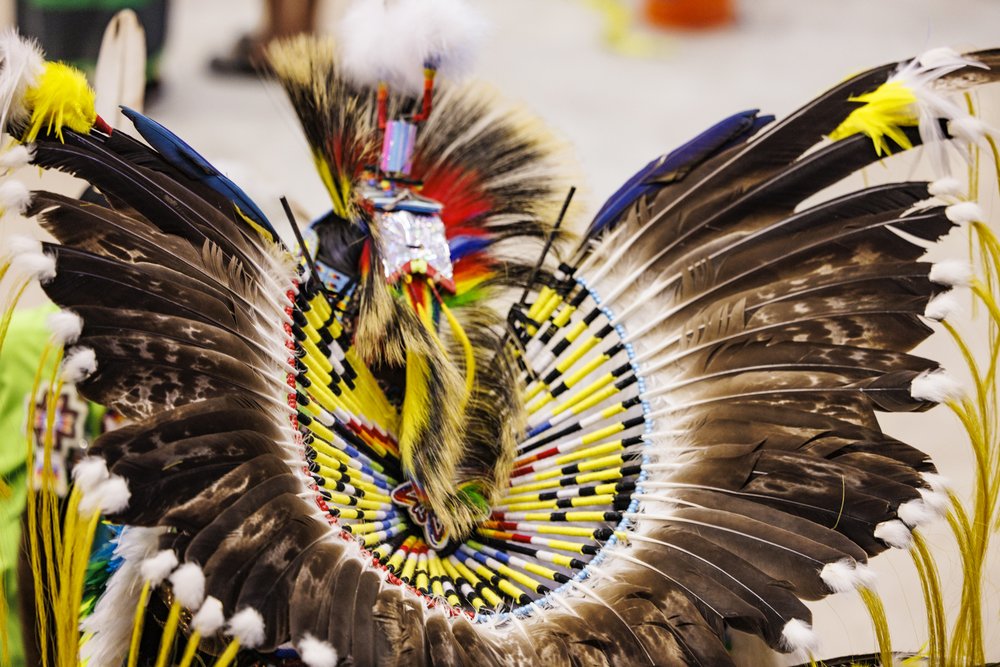
A beaded and feathered dance outfit.
A beaded and feathered dance outfit.
Bow Talk and Beadwork
You can spend a few hours under the vendor barn without realizing it. One booth leads to another, rows of beadwork, leather bags, handwoven fabrics, bows and baskets still fragrant with the scent of rivercane. I’m lucky my hands are full with a taco, unable to reach for my wallet. Here, craft is a conversation — sometimes quiet, sometimes animated, always rooted in care and community.
For Oscar Duran of Oscar’s Bows, this year marks three decades of craft and connection. He first attended the Austin Powwow in 1995 and quickly fell into step with a seasoned bowmaker who took him on as an apprentice. “I used to make some when I was a kid, but Patrick was kind enough to show me the basics and bring me along with him,” Oscar tells me when I ask how he started his craft. “After his passing in 2006, I kept going on my own.”
Today, his vendor stall showcases a range of handmade Native American reproductions, including bows, tomahawks, atlatls, knife handles and leatherwork such as stitched bags, wallets, quivers and more. Much of the wood he uses is locally sourced, with hickory and osage orange often gathered from naturally felled trees or harvested with the help of community members. “My father was from Michoacán, but I was born here in Texas,” he says, “so using wood from here in these regions makes me feel connected. The land is definitely part of the process.”
For 30 years now, Oscar has taken his work to powwows across the state, sharing what he has learned and helping to preserve traditional ways of making and teaching. His booth draws repeat customers and curious newcomers alike — people who are drawn not just to his wares, but to the stories and connection behind them.
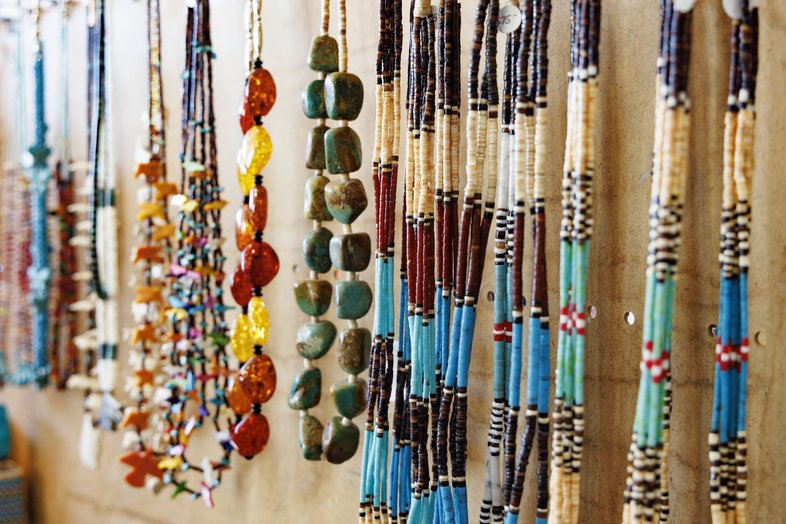
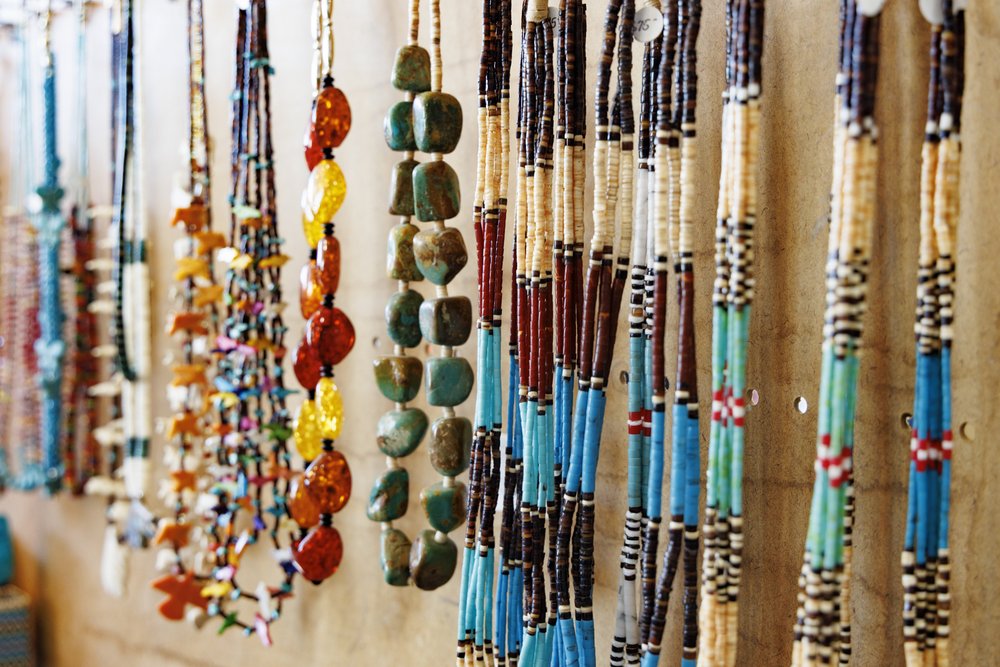
The vendor market showcases Native artisans.
The vendor market showcases Native artisans.
Center Stage
The grand entry begins at noon, and the energy builds throughout the morning as dancers and drum groups gather in rhythm. After the flags are carried in and the arena is blessed, the day unfolds in rounds: intertribal and open-for-all dances, followed by competition categories from across Indian Country like Fancy Shawl, Southern Cloth, Jingle, Grass
and Traditional.
At powwows, dance is more than a performance; it expresses connection to family, community and heritage. Regalia is often handmade and deeply personal, incorporating designs, materials and symbols that reflect tribal identity, stories and family geography. It’s common to see mothers, aunties or grandmothers sewing for their children and rehearsing with them on the sidelines. Every bead, stitch or bell has meaning, and when dancers enter the arena, they carry those connections with them.
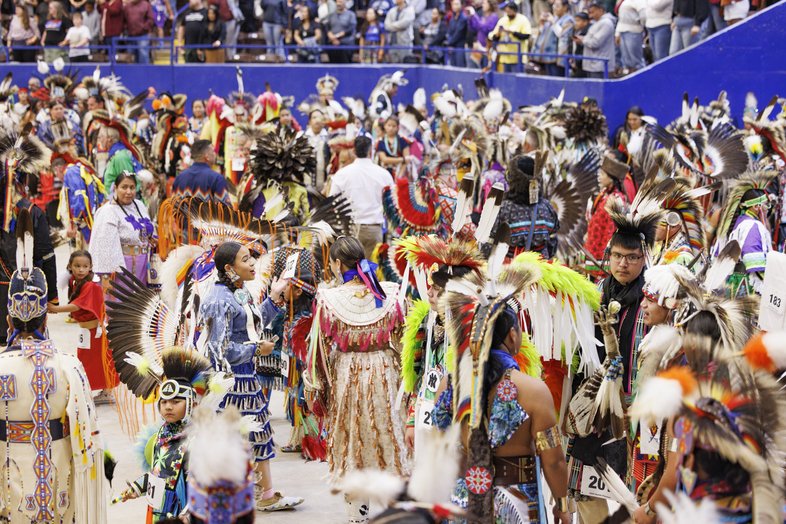
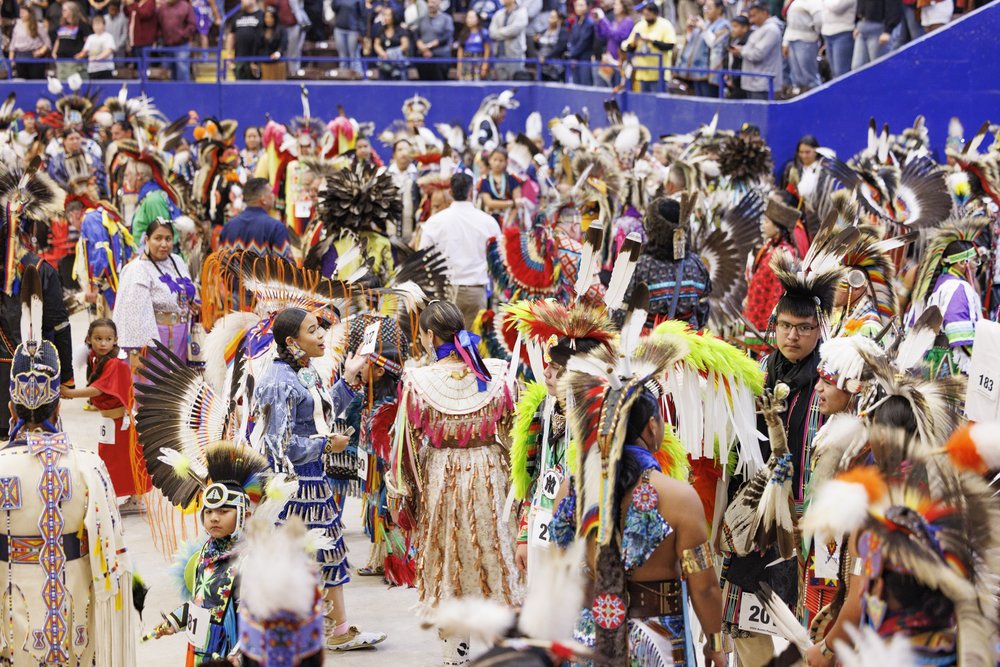
Representatives of many Indigenous groups mix on the arena floor.
Representatives of many Indigenous groups mix on the arena floor.
Among this year’s participants is Raven Price-Smith, an enrolled member of the Mandan, Hidatsa and Arikara Nation of North Dakota and intern with the Native American Cultural Center. She grew up in Louisiana and competes in powwows across the country in a jingle dress weighing over eight pounds. The skirt is adorned with 365 metallic cones, one for each day of the year, to make that familiar rainfall-like chime when she dances.
Another familiar face is Sasha, the 2024-25 Austin Powwow princess, a Fancy Shawl dancer and an enrolled member of the Alabama-Coushatta Tribe of Texas. Sasha, now 13, has been attending the Austin Powwow since before she could walk. Today, she travels the circuit year-round with her parents and four older brothers. Her mom, Angel, dances Southern Cloth; her dad, Armand, dances traditional and runs Polite Tees, a screen-printing business and longtime Powwow vendor.
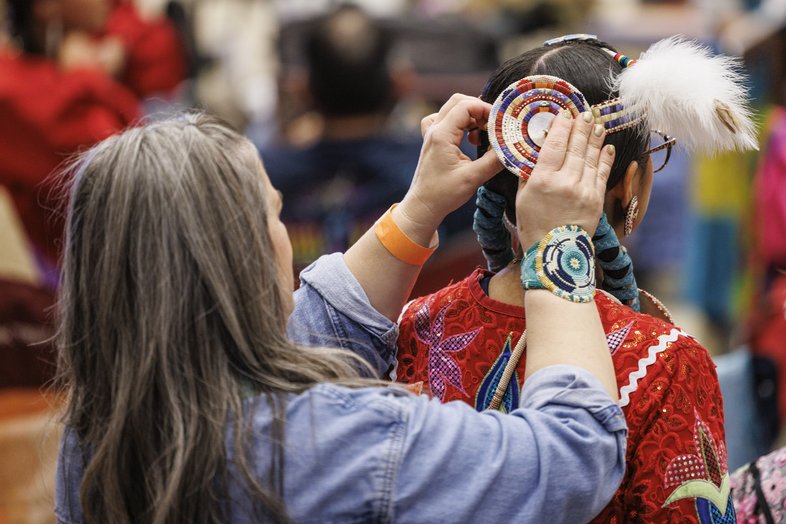
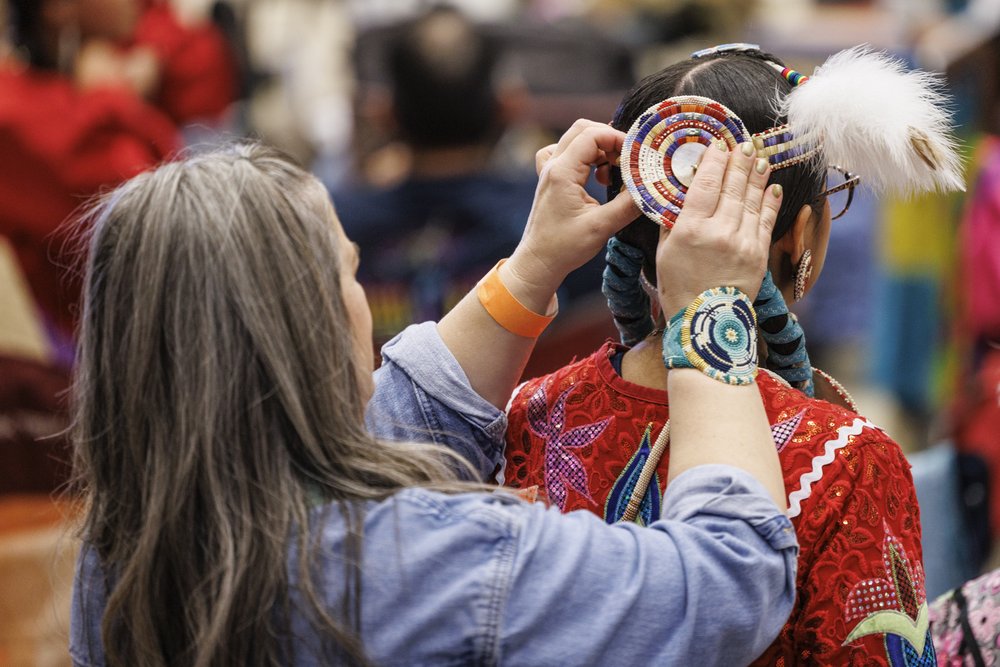
Affixing a dancer's beaded headwear.
Affixing a dancer's beaded headwear.
Despite being on the road almost every month, Sasha still finds time to balance volleyball, cross country and cheerleading back home in Livingston. “I love being an ambassador for the Austin Powwow,” she says, “I have learned so much about our cultures and how to serve our communities!”
As the day stretches on, the arena rarely rests. Dancers of all ages, from tiny tots to elders, take turns twirling. Win or lose, the point isn’t the competition, it’s the celebration of culture and kinship that happens with each step. Every beat and every turn helps carry tradition forward, welcoming the next generation into the circle.
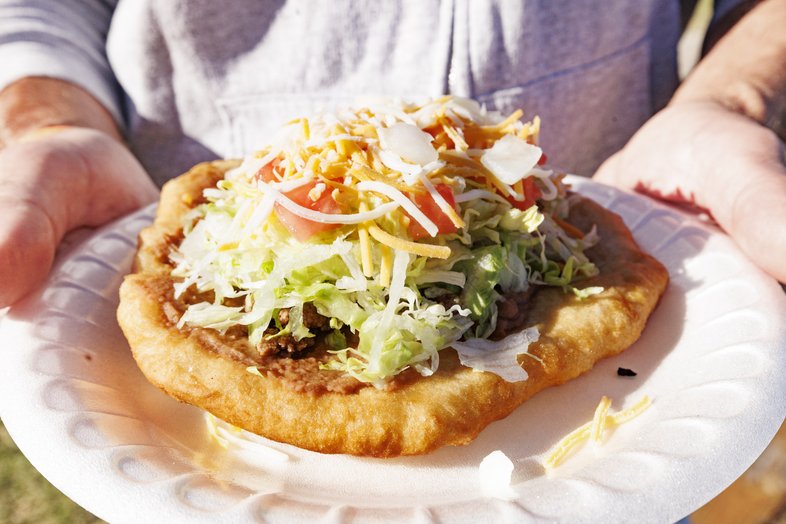
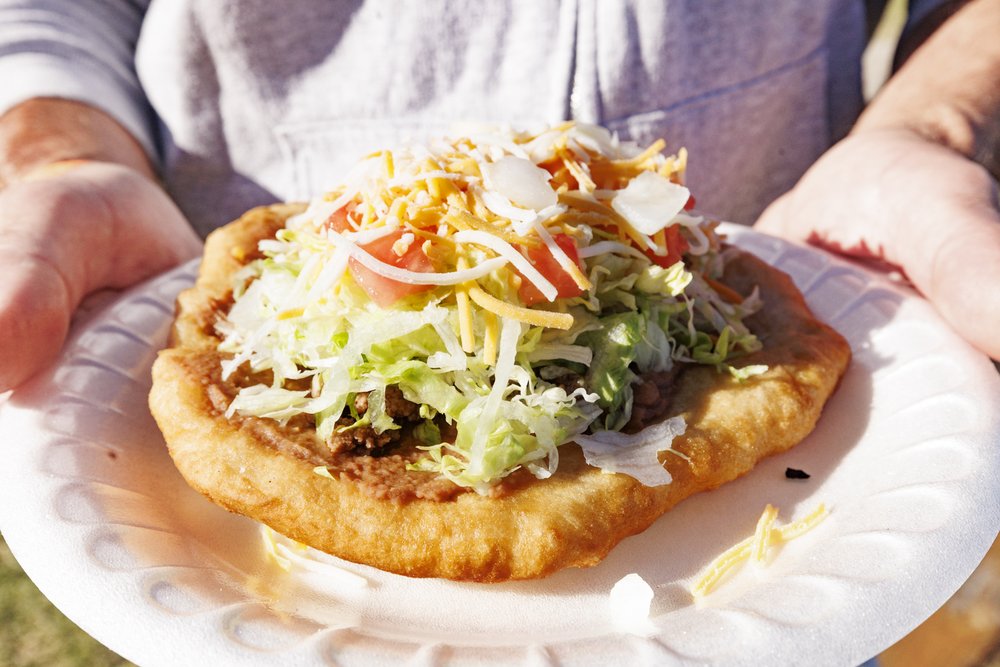
Fry bread from the food court.
Fry bread from the food court.
Staying Connected
The energy of the Powwow continues year-round into classrooms, gardens and weekly gatherings. The Native American Cultural Center offers a range of community programs that keep cultural traditions active and accessible across Central Texas.
In partnership with the Bullock Texas State History Museum and Austin Independent School District, the Native American Cultural Center has developed curriculum-aligned programs that integrate Native stories, language and games into classrooms and camps. A weekly craft night welcomes people of all ages to bead, sew and weave. A vibrant Three Sisters garden planted in collaboration with the Central Texas Cherokee Township has become a space for education and healing.
“It’s beautiful to watch it grow,” says Howell, the cultural center director. “It’s about the plants, yes, but it’s also about the tradition, the memory and the community it cultivates, too.”
The Central Texas Cherokee Township and the Chickasaw Community Council of Texas also host regular meetings and public workshops. Whether dancing, planting or storytelling, these shared spaces help people stay rooted
in one another and in the cultures still alive across Texas.
As the stars glimmer and families gather their chairs, the rhythm of the final songs lingers. Not an ending, just a pulse carrying us forward.
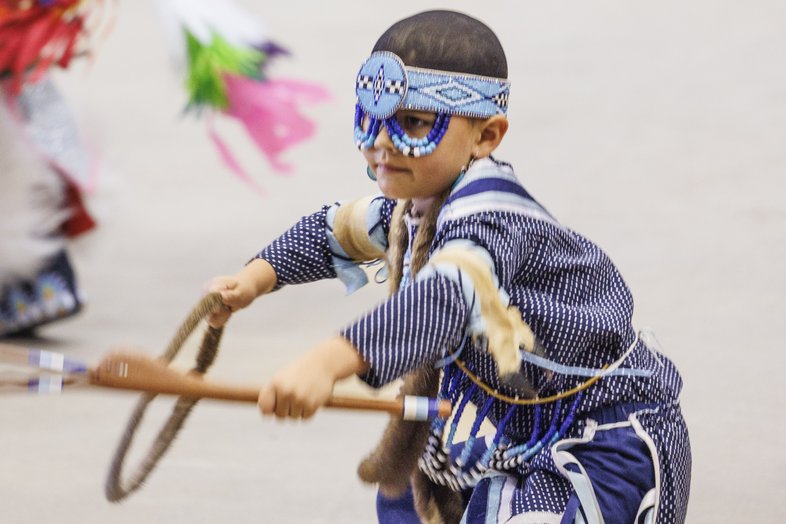
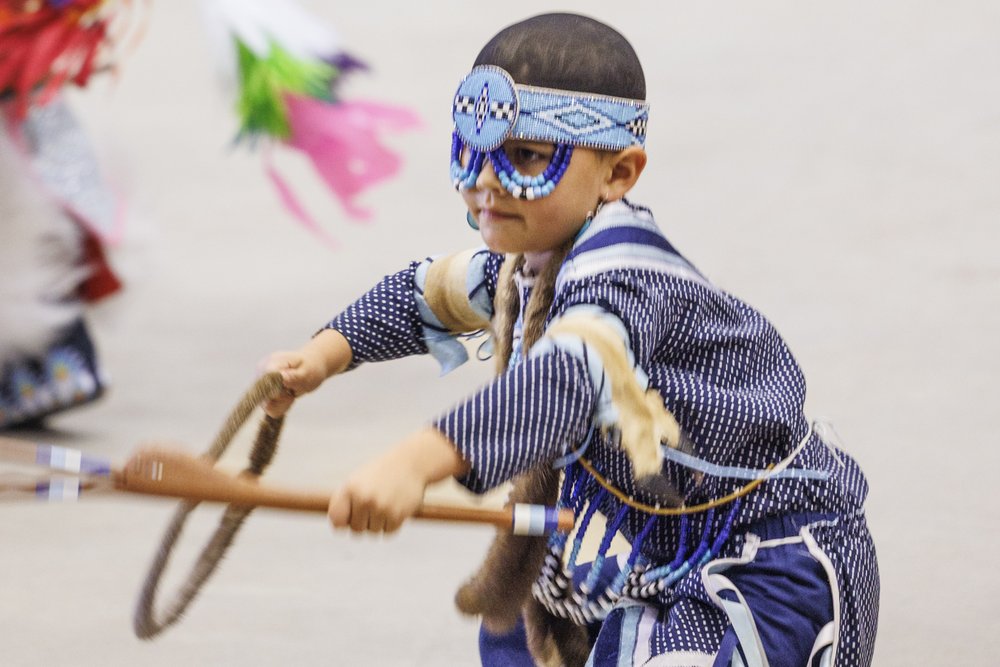
A young dancer performs.
A young dancer performs.
